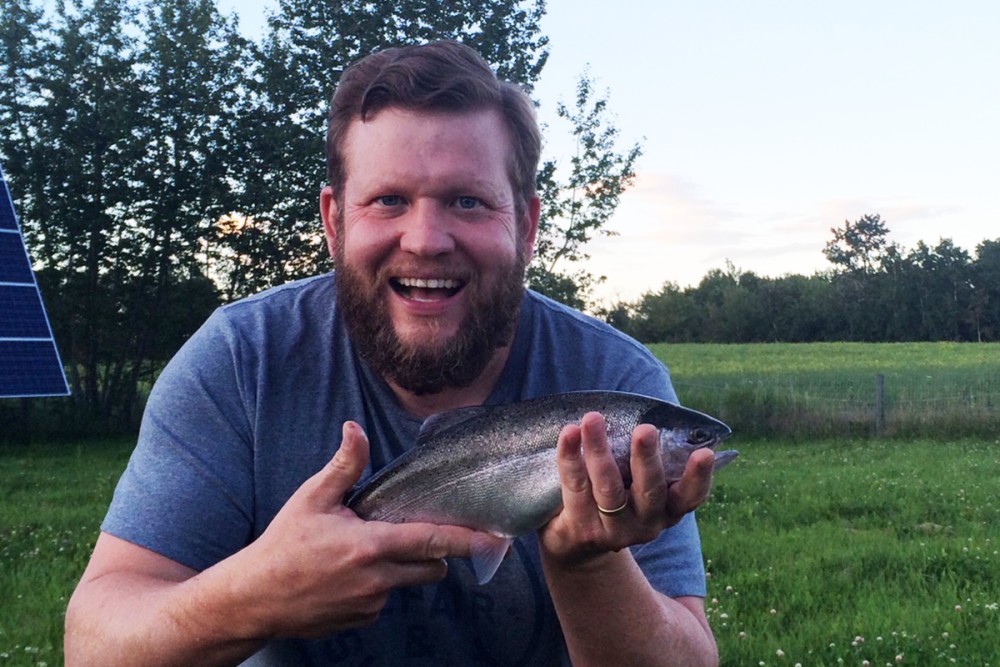About Algae
Some algae is essential to an ecosystem, providing food for all types of animals including fish, insects, mollusks, and zooplankton (microscopic animals). A pond that is green and slimy with algae is a sign that the ecosystem is unbalanced. In fact, algae can serve as a visual indicator in pond management – the amount of algae is often in direct relationship to the amount and type of nutrients in the water and the level of aeration. Since algae are a natural and essential part of pond life it is important to understand algae and the steps to manage its growth in your pond.
Plant taxonomists have long debated the classification of algae. Algae are primitive plants that do not have true leaves, stems or roots and reproduce by spores, cell division and fragmentation. Algae are able to photosynthesize and require sunlight, a key characteristic of plants. Despite the lack of agreement on taxonomy, algae can be grouped by their physical characteristics. The two main groups of algae are prokaryotes (no nucleus) including the blue-green algae (aka cyanobacteria), and eukaryotes (contain a nucleus). There are microscopic algae, like phytoplankton; and macroalgae that can be seen by the naked eye.
Plankton is probably the most common type of algae found in ponds and lakes. Plankton basically needs two things to grow: light and nutrients. The light comes naturally from the sun. The nutrients can come from a variety of sources: the by-products of fish waste, dead leaves and decaying fish food, aquatic plants and weeds decaying and chemicals and fertilizers seeping into the pond. These variable nutrient factors can be managed with proven strategies.
Although most algae are not truly physically harmful, they are just aesthetically displeasing to people and reduce the enjoyment of having a pond. But, blooms of algae can be detrimental to the environment, plants or animals. A few species release toxins that are hazardous to animals and humans.
Cyanobacteria are the most common form of toxic algae. Their toxins cause skin irritation on contact, or more severe reactions if the water is ingested. Toxic algae mitigation should be evaluated with professional help.
How to Manage Algae
Bottom Diffused Aeration
Improving poor water quality begins with proper aeration. Providing vital oxygen and circulation helps reduce nutrient levels and break down organic bottom muck. Proper aeration can reduce algae, diminish weed growth, improve water clarity, cut foul odours and help eliminate fish kills.
Bioaugmentation
Ponds and lakes all contain naturally occurring beneficial bacteria. These bacteria break down organic material in the pond but are often insufficient in number to combat the influx of added nutrients from fertilizers, fish & animal wastes and decaying vegetation. Supplementing with super concentrated strains of beneficial bacteria and enzymes can greatly reduce algae blooms, foul odours and excessive weed growth.
Aquatic Dyes
Dyes will give you a great looking pond. More importantly, they are formulated to block UV rays. This inhibits the growth of algae and vegetation by reducing the light available for photosynthesis. An added bonus is the dyes also protect your fish from the eyes of airborne predators like blue heron and cormorants.
Phosphorus Binders
There are a number substances that will absorb phosphate, immobilizing it and making it biologically unavailable. They are known as phosphorus precipitants. Some of them can be effectively used to lower phosphorus concentrations in lakes, reservoirs and ponds. There are a number of products that can be easily and safely applied by pond owners.
Algaecides
An algaecide can kill algae but the effect can often be short lived and can even aggravate algae problems. The algae killed by an algaecide accumulate on the pond bottom and provide more nutrients to future algae blooms. Without proper aeration and beneficial bacteria the use of algaecides can end up being a vicious cycle.
#algaeblooms #aeration #bioaugmentation #aquaticdye #algaecide



